UK fibre rollout lags considerably behind developed nations, needs 'more ambition' to compete globally
52 countries outranked the UK for fibre development, according to a report, including Singapore, Japan, South Korea, and the United States


A new index by Omdia has ranked the UK just 53rd in the world for fibre development, with the US far ahead at 23rd overall.
UK network infrastructure was ranked lower than other countries in the report due to the inconsistency of 'full fibre' coverage across the country, as well as through other metrics such as lower overall speeds.
RELATED RESOURCE
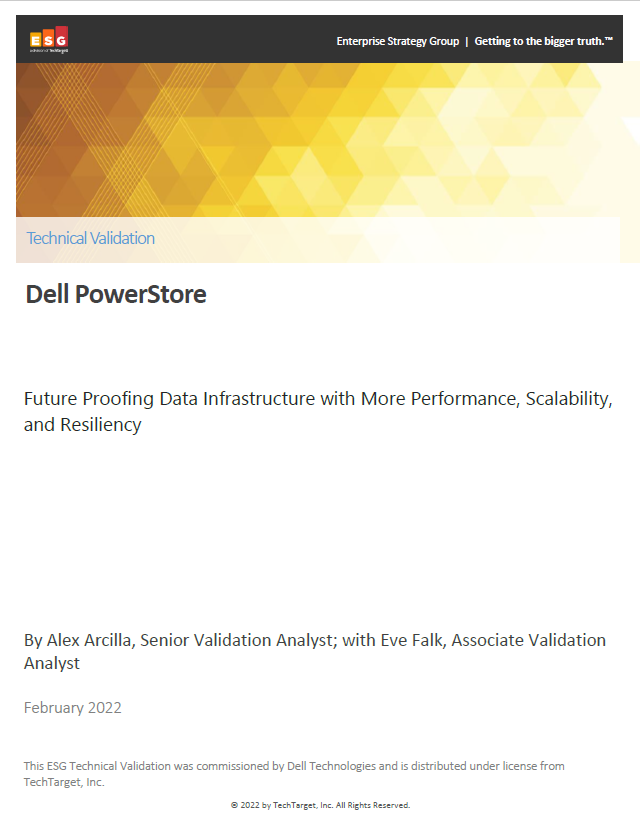
Future proofing data infrastructure with more performance, scalability, and resiliency
Dell PowerStore
The index benchmarked countries against metrics such as fibre to the premises (FFTP) coverage, fibre to the business, and household penetration, as well as mobile site penetration and tech investment.
Additionally, Ookla Speedtest data was used to rank the broadband experience in countries, taking their median upload speeds, download speeds, latency, and jitter into account.
Leading country Singapore already claims that it has achieved full FTTP coverage and ranked top in seven of nine metrics measured. This is a setup in which the fibre optic cable runs all the way from its exchange directly to the end user’s property, rather than running first into a street cabinet, which is known as fibre to the cabinet (FTTC).
South Korea, China, the UAE, Qatar, and Japan comprised the other leading countries and each of which were identified as having robust broadband targets in the report. Omdia's assessment was that the UK could do more to improve its targets.
“Fibre investment is an essential metric for government institutions and other stakeholders to track,” said Michael Philpott, research director at Omdia. "As a broadband-access technology, optical fibre provides an optimised, highly sustainable, and future-proof quality service.
Get the ITPro daily newsletter
Sign up today and you will receive a free copy of our Future Focus 2025 report - the leading guidance on AI, cybersecurity and other IT challenges as per 700+ senior executives
“This superior level of quality is essential for the development of future digital services and applications across all verticals. With increased efficiency stimulating greater innovation, high-speed broadband has been proven to drive not just consumer satisfaction but national economic indicators such as GDP and productivity.”
As companies increasingly look to embark on digital transformation journeys, which can involve enabling their employees to work remotely, reliable and high-speed internet has become more of a business necessity.
Rural businesses argue that they are least prepared for these demands, with the non-profit research organisation Rural CIC pointing to the ‘digital exclusion’ caused by a poor rollout in rural areas.
Although the UK Government’s manifesto commitment was to deliver nationwide FTTP broadband by 2025, this was changed in February 2022 to a target for nationwide gigabit broadband to be made available by 2030.
In comparison, Singapore is already claiming full FTTP coverage, where it is treated as ‘strategic infrastructure'.
While superfast broadband is available to 96% of the UK, only 33% of premises are currently able to access ‘full fibre’ broadband, often used to refer to FTTP networks.
However, the rollout of fibre broadband has been accelerating in the UK compared to that of 5G. The government’s mandate that BT removes all Huawei devices from its core UK network for national security purposes has slowed the next generation of mobile networking.
“There is at least one provider last year that was deploying 50km of rural fibre per week, and that’s gone up to nearly 70,” said Dave Happy, security lead for rural campaign group 5G RuralDorset.
Key figures in private companies have also suggested that there needs to be a more concerted campaign to explain what ‘full fibre’ actually means.
At the UK networking conference Connected Britain 2022, Vodafone UK CEO Ahmed Essam said: “Nobody gets what new fibre is in the market. And I think there is a point here about making it easy for customers to decide what’s the right technology for them, being more transparent.
"I think when it comes to broadband it’s very difficult, even for people in our business, to know the difference in some of the offers between what is called fibre,” he added.
In response, Lutz Schüler, CEO at Virgin Media O2, said consumers don't care about the technology itself, just about the quality of the product they receive.
“You see what actually matters is not the technology, it’s the speed,” he said. “So if you look at Switzerland, it has fibre coverage of 90%. But still, customers are not sitting 100% on the fibre network - actually the minority are - because there’s also a cable network. So I think what customers want is speed, latency, and reliability.”

Rory Bathgate is Features and Multimedia Editor at ITPro, overseeing all in-depth content and case studies. He can also be found co-hosting the ITPro Podcast with Jane McCallion, swapping a keyboard for a microphone to discuss the latest learnings with thought leaders from across the tech sector.
In his free time, Rory enjoys photography, video editing, and good science fiction. After graduating from the University of Kent with a BA in English and American Literature, Rory undertook an MA in Eighteenth-Century Studies at King’s College London. He joined ITPro in 2022 as a graduate, following four years in student journalism. You can contact Rory at rory.bathgate@futurenet.com or on LinkedIn.
-
 Bigger salaries, more burnout: Is the CISO role in crisis?
Bigger salaries, more burnout: Is the CISO role in crisis?In-depth CISOs are more stressed than ever before – but why is this and what can be done?
By Kate O'Flaherty Published
-
 Cheap cyber crime kits can be bought on the dark web for less than $25
Cheap cyber crime kits can be bought on the dark web for less than $25News Research from NordVPN shows phishing kits are now widely available on the dark web and via messaging apps like Telegram, and are often selling for less than $25.
By Emma Woollacott Published
-
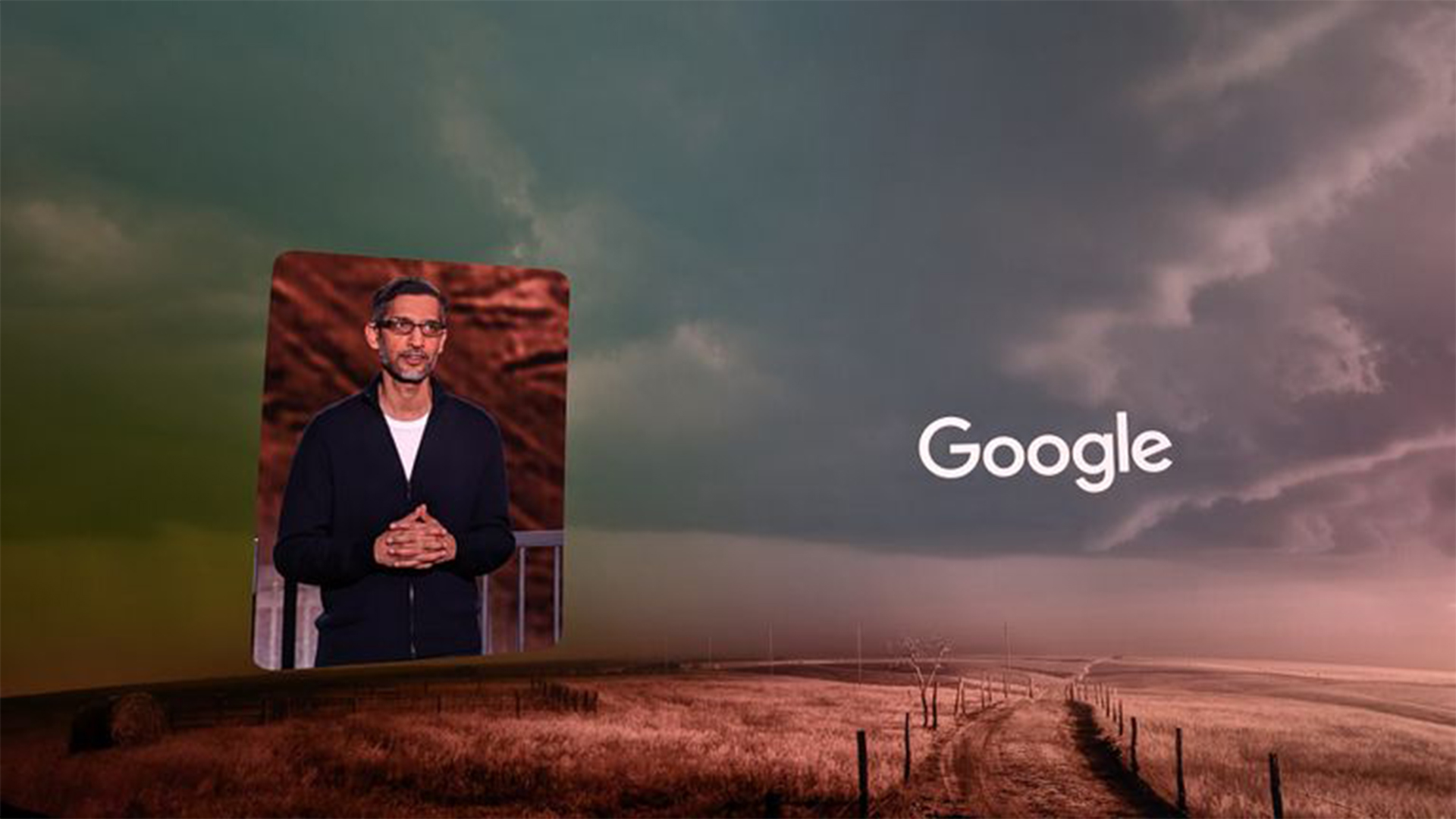 Google shakes off tariff concerns to push on with $75 billion AI spending plans – but analysts warn rising infrastructure costs will send cloud prices sky high
Google shakes off tariff concerns to push on with $75 billion AI spending plans – but analysts warn rising infrastructure costs will send cloud prices sky highNews Google CEO Sundar Pichai has confirmed the company will still spend $75 billion on building out data centers despite economic concerns in the wake of US tariffs.
By Nicole Kobie Published
-
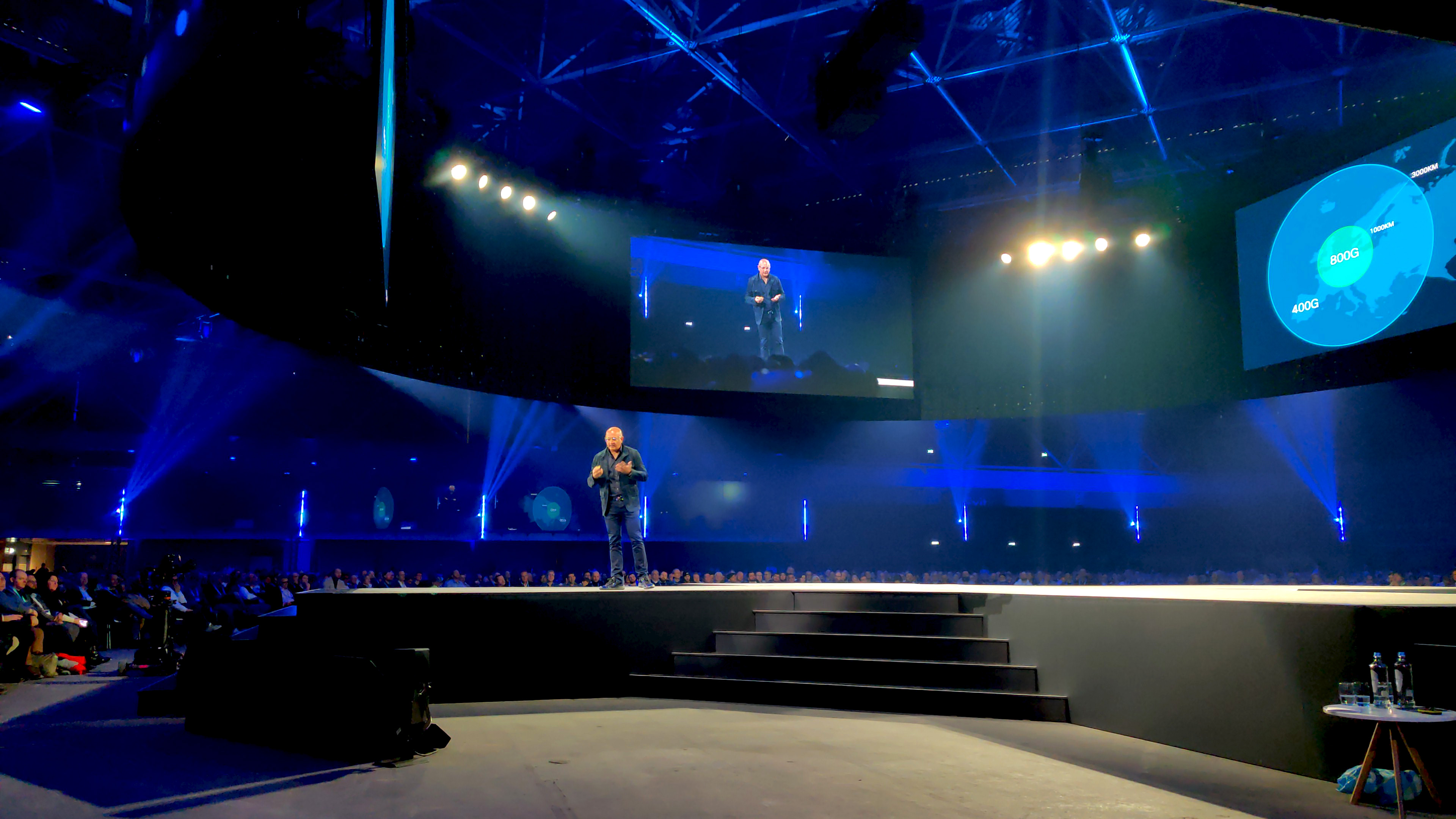 Cisco wants to capitalize on the ‘DeepSeek effect’
Cisco wants to capitalize on the ‘DeepSeek effect’News DeepSeek has had a seismic impact, and Cisco thinks it has strengths to help businesses transition to AI-native infrastructure
By Solomon Klappholz Published
-
 CoreWeave’s first two UK data centers are now operational
CoreWeave’s first two UK data centers are now operationalNews The company's European plans for this year also include new facilities in Norway, Sweden, and Spain
By Emma Woollacott Published
-
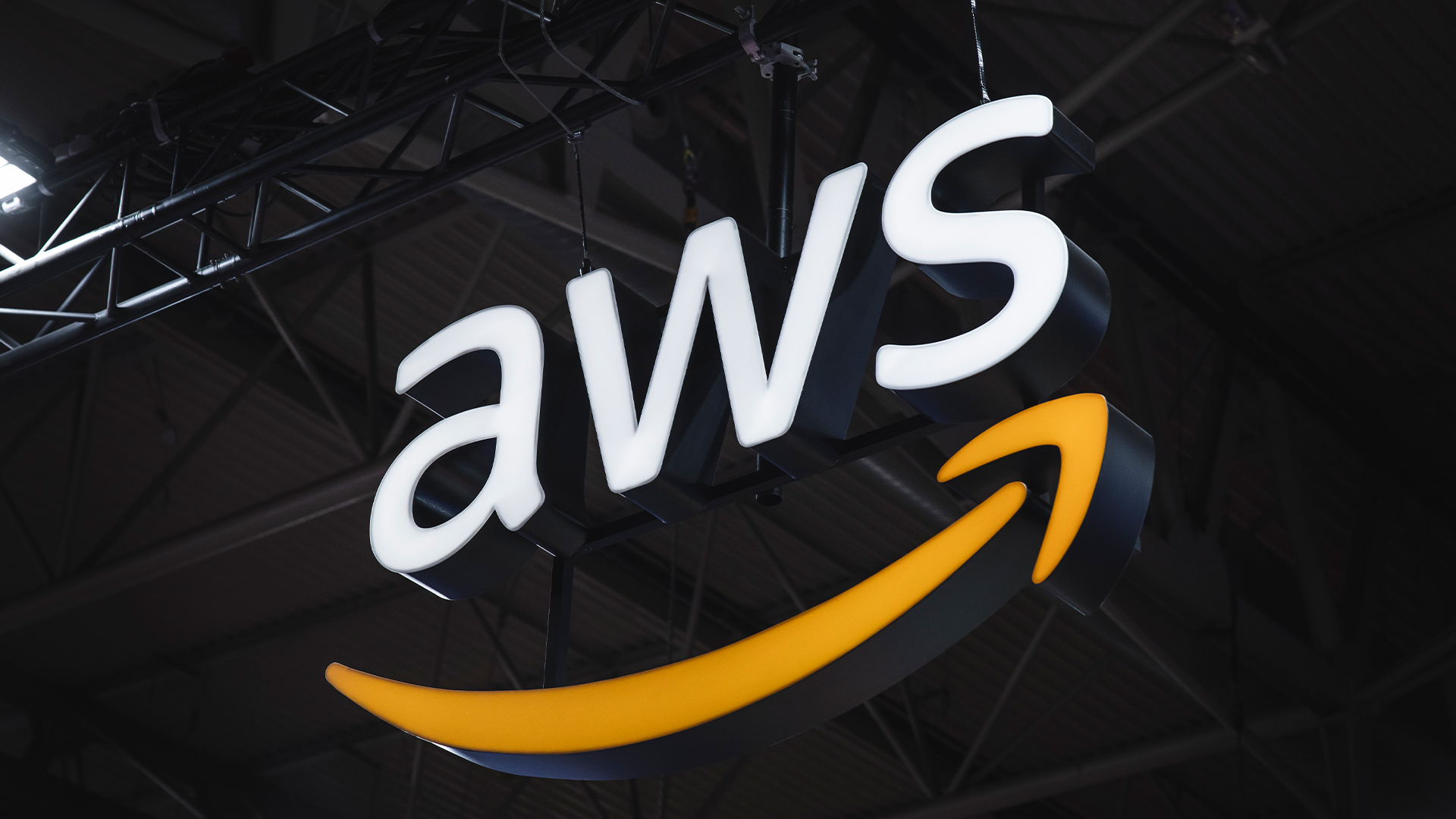 AWS eyes ‘flexible’ data center expansion with $11bn Georgia investment
AWS eyes ‘flexible’ data center expansion with $11bn Georgia investmentNews The hyperscaler says the infrastructure will power cloud computing and AI growth
By Nicole Kobie Published
-
 Future-proofing operations
Future-proofing operationsWhitepaper The Foundational Role of IT Infrastructure and Connectivity Solutions in Achieving Business KPIs
By ITPro Published
-
 Quantitative analysis of a prefabricated vs. traditional data center
Quantitative analysis of a prefabricated vs. traditional data centerWhitepaper Apples to apples cost analysis between data centre types
By ITPro Published
-
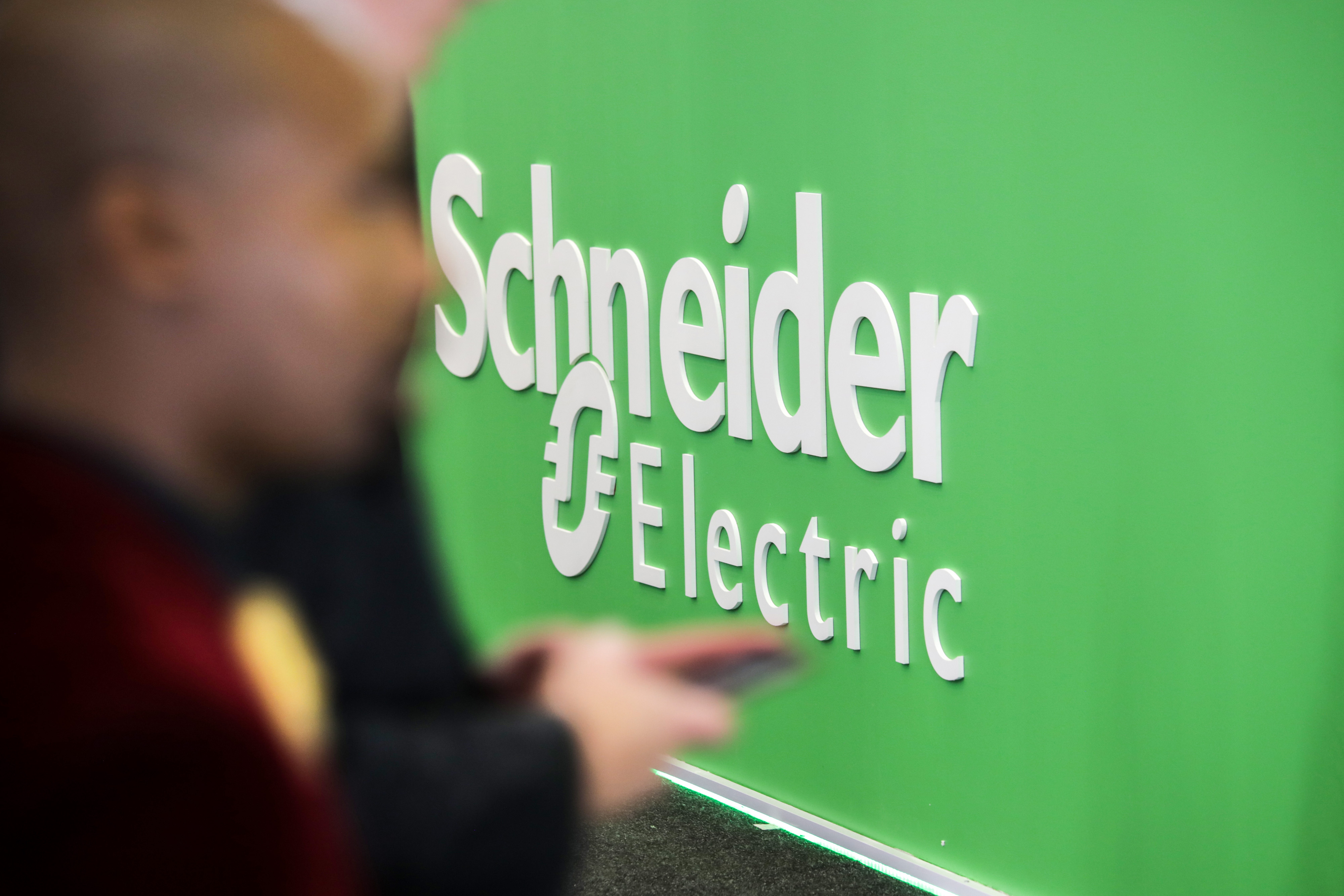 Battery technology for single phase UPS systems: VRLA vs. Li-ion
Battery technology for single phase UPS systems: VRLA vs. Li-ionWhitepaper An overview of li-ion batteries in comparison to VRLA batteries for singlephase UPS applications
By ITPro Published
-
 Architecting enterprise networks for the next decade
Architecting enterprise networks for the next decadeWhitepaper A new paradigm in network architecture
By ITPro Published